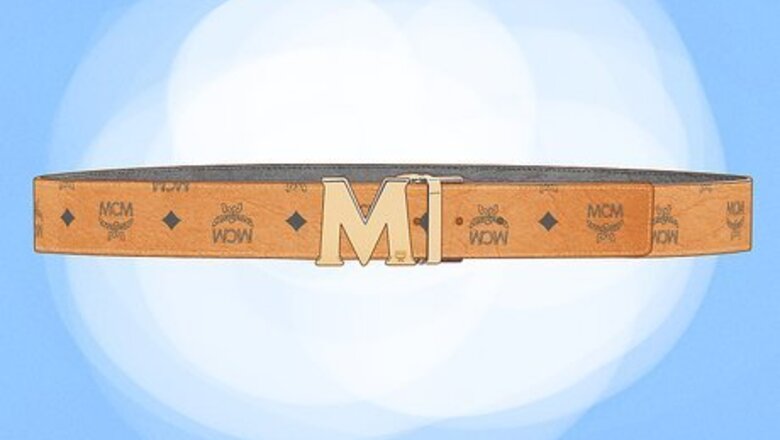
views
Recognize quality MCM belts made of leather.
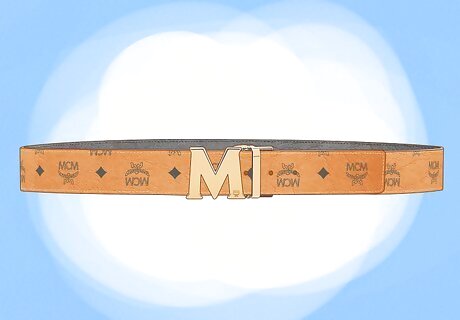
Look at the belt to see if it's made of canvas and leather with the diamond pattern. Don't be surprised to see an authentic belt that's 51 inches (130 cm) long! The brand encourages you to cut the belt to size so take it to a tailor for a perfect fit. Look closely to spot the perfect rows of even stitching on a genuine MCM belt. Feel the belt for fraying and look for discoloration along the edges, which might suggest poor quality. You can buy authentic MCM belts at MCM stores, on their website, and at retailers like Bloomingdales, Nordstrom, and Saks Fifth Avenue. Your belt will come in a small white bag to protect it from damage.
Locate the serial number on the belt.
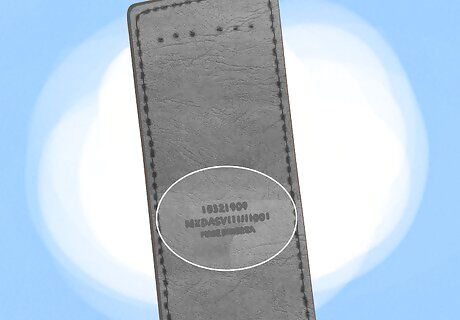
Look on the underside of the belt near the buckle for the serial number. If your belt doesn't have one or it's at the end of the belt, it may not be genuine. If you have the receipt from buying your belt, check to see that the serial numbers match. The serial number should start with 103 and the second line should begin with MX. Read where the belt was made. MCM belts made in the last 20 years should say that they were manufactured in Korea. If your belt was made somewhere else, keep checking to determine if it's genuine.
Look for the authentic diamonds on the leather.
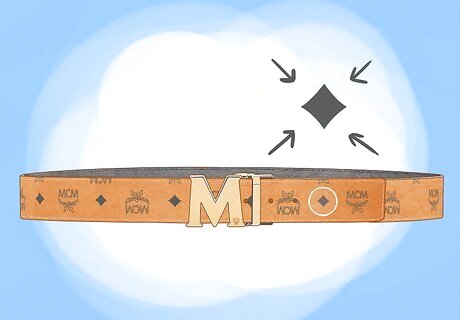
The alternating diamonds on a real MCM belt curve slightly inward. If the diamonds on your belt have completely straight sides, it's probably a fake. The diamonds that alternate with the MCM logo are known as the vistos pattern, an iconic feature of MCM products. Lots of MCM belts come in the classic cognac color, although you can find authentic belts that are black, white, or olive green.
Count 17 leaves on the logo.
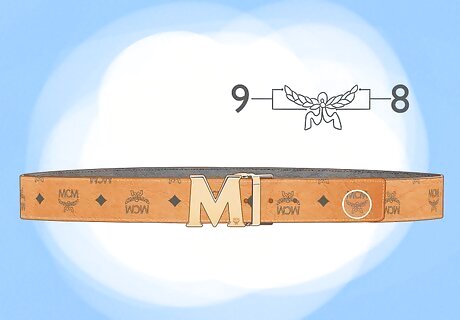
Genuine belts have logos with 9 leaves on the left and 8 leaves on the right. You might be looking at an imitation belt if it has an equal number of leaves on the logo. Check the logo that's on the bottom right corner of the buckle as well as the logos on the belt.
Identify MCM logos that alternate on the belt.
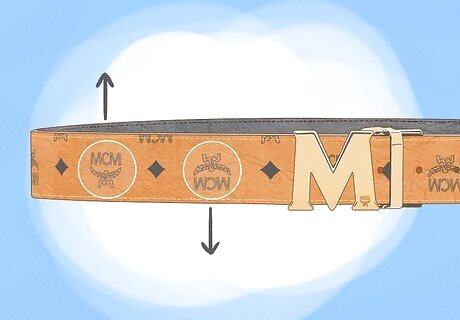
You'll see logos that alternate between right-side-up and upside-down. These should be in between the curved diamonds. If all of the MCM logos face the same direction, this might be a clue that the belt's not genuine. Look at the end of the belt—authentic belts end with the logo, not the curved diamond.
Twist the buckle to reverse the belt.
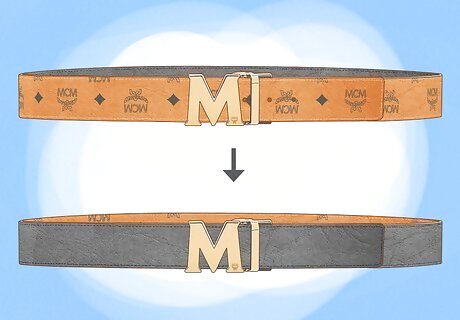
If your belt is genuine, you can flip the belt and the buckle base stays flush. One of the great things about MCM belts is that they're reversible! Keep in mind that you can flip some fake buckles, but the movement may feel jerky and the base of the buckle will extend out from the belt. If you can't flip the buckle around to reverse the belt, it's probably an imitation.
Look for a curved hinge and teeth on the buckle.
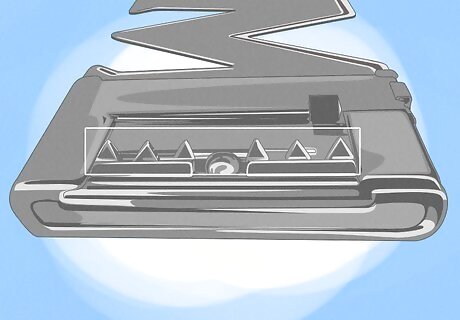
Check the underside of the metal loop that's next to the M for teeth. In an authentic MCM belt, when you slide the belt through the loop, it catches on the teeth. If you don't see or can't feel these teeth and you just slide the belt through the buckle, you may have an imitation. You should also see a curved hinge with double screws on the side of the buckle. Imitation buckles usually have a square hinge with only 1 screw. It may feel bulkier, too. This affects the way the belt stays in place. If there are no teeth, it's more likely to slide around.
Check that the downward points of the buckle are level.
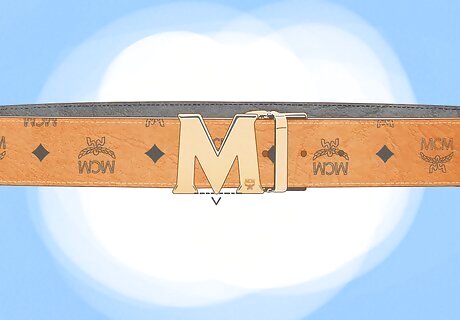
Look at the letter to see if the middle point reaches down. The point should be flush with the other sides of the letter. If the middle of the M doesn't have a point or only comes halfway down, you're probably dealing with an imitation. Most imitation buckles are also slightly wider than genuine MCM buckles. If the buckle seems too big, it might not be authentic.












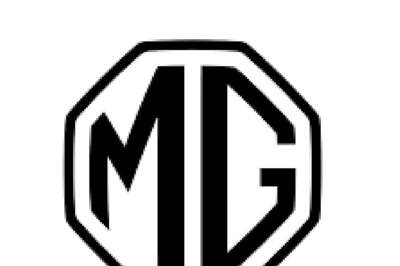
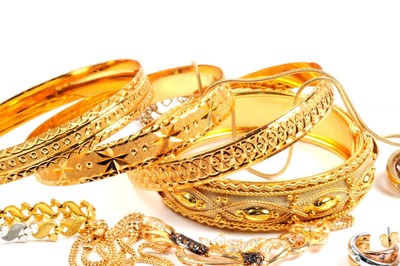





Comments
0 comment